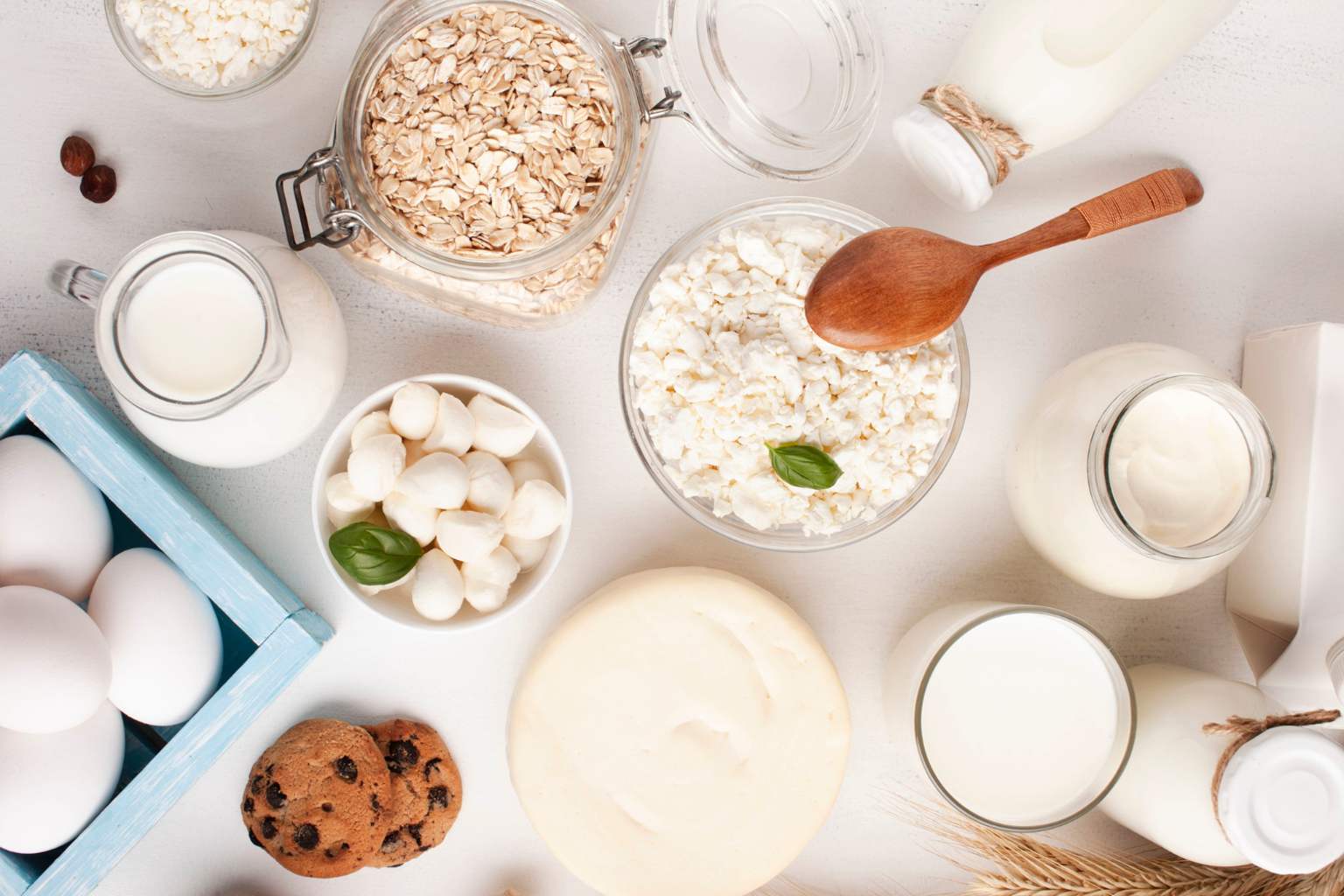Milk has long been the go-to choice for bones, but what if there’s a delicious fruit that could do even better? For seniors over 60, maintaining strong bones becomes a crucial health goal, yet the dairy aisle isn’t the only place to find calcium. Imagine walking into the produce section and discovering a vibrant fruit packed with nutrients that support bone density and keep osteoporosis at bay.
Meet the prickly pear—a fruit that’s quickly becoming a favorite for those seeking natural ways to boost calcium intake. If you haven’t tried it before, you’re in for a treat, both in flavor and health benefits.
Why prickly pears stand out as the best fruit for bone strength in seniors
Among the many fruits available, prickly pears are unique for their impressive calcium content. A single cup packs about 83 milligrams of calcium, which is substantially higher than most other fruits. But it’s not just calcium you get here; prickly pears also offer a solid dose of fiber, antioxidants, and essential vitamins—elements that all work together to support digestion, immune function, and overall well-being.
What makes prickly pears even more valuable for bone health is their anti-inflammatory properties. Chronic inflammation can accelerate bone loss, so consuming foods that help combat this process is a smart strategy. The natural magnesium in prickly pears further enhances this effect by aiding calcium absorption and encouraging bone formation.
One of the practical benefits of prickly pears is their texture when ripe—they become delightfully soft, making them especially suitable for seniors who might have dental sensitivity or swallowing difficulties. And their taste? It’s often described as a harmonious blend of strawberry, watermelon, and citrus, adding a refreshing twist to your daily diet. While traditionally found in the Southwestern United States, prickly pears are increasingly accessible in grocery stores nationwide, whether fresh, frozen, or as a flavorful pureé.
Incorporating calcium-rich foods into your daily routine
Relying on one food alone can be risky, so pairing prickly pears with other calcium-rich sources is a potent way to strengthen bones. Many seniors turn to fortified cereals, leafy greens like kale, and dairy or plant-based milk alternatives to boost their calcium intake.
The key is variety. Have you ever tried adding kale to a smoothie with fortified milk or yogurt? These combos not only add calcium but also bring in vitamins like K and D, which are critical for bone metabolism.
Beyond calcium, consuming foods rich in magnesium, phosphorus, and vitamin C helps ensure your bones remain resilient. Think about the satisfaction of mixing prickly pear chunks into your morning oatmeal or blending them into a vibrant smoothie. It’s these little daily habits that compound to make a significant difference.
Personal reflections on expanding bone-friendly choices
I remember the first time I tried prickly pear. I was hesitant because the spiky exterior looked intimidating, but peeling back the thick skin revealed bright, juicy flesh that tasted surprisingly sweet and refreshing. After learning about its health benefits, it became a staple in my kitchen, especially when sharing snacks with elderly relatives who often avoid dairy due to lactose intolerance.
This experience taught me that expanding our food horizons can bring unexpected rewards—not only nutritional but also culinary joy. For seniors, especially, staying open to these alternatives can make a real impact on health without feeling like a sacrifice.
Is there a fruit or vegetable that transformed your diet or health in a surprising way? Share your stories or favorite calcium-rich foods in the comments. Let’s learn from each other’s experiences and help promote stronger, healthier bones beyond the usual milk cartons.
What’s your take on adding prickly pears or other non-traditional fruits to your diet? Would you try them as part of your daily routine? Share this article with friends and family who might benefit, and let’s get the conversation started on nourishing bones naturally!

Where can I buy prickly pears in nyc?